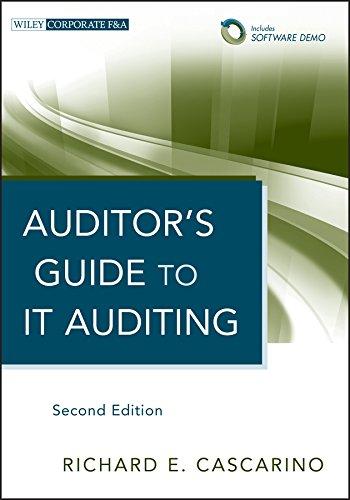Question
1. On September 30, 20x3, Sternberg Company sold office equipment for $12,000. The equipment was purchased on March 31, 20x0, for $24,000. The asset was
1. On September 30, 20x3, Sternberg Company sold office equipment for $12,000. The equipment was purchased on March 31, 20x0, for $24,000. The asset was being depreciated over a five-year life using the straight-line method, with depreciation based on months in service. No residual value was anticipated. Prepare the journal entries to record 20x3 depreciation and the sale of the equipment.
2. Interstate Inc. exchanged a truck plus cash for another truck. The used truck has a book value of $42,000 (cost $64,000 less $22,000 accumulated depreciation). The used truck has a fair market value of $49,000. Interstate paid $17,000 cash to complete this transaction. Prepare a journal entry for Interstate, assuming commercial substance.
3. Peanut Corporation exchanged land and cash of $6,500 for equipment. The land had a book value of $45,000 and a fair value of $34,000. Assume the exchange has commercial substance.
Prepare the journal entry to record the exchange.
4. Metro Company trades its used machine for a new model at Denver Solutions Inc. The used machine has a book value of $8,000 (original cost of $12,000, accumulated depreciation of $4,000) and a fair value of $6,000. The new model lists for $16,000. Denver gives Metro a trade-in allowance of $9,000 for the used machine. Prepare a journal entry for Metro, assuming no commercial substance.
5. Queen Corp. traded an old machine with book value of $60,000 (cost $110,000 less accumulated depreciation $50,000) and a fair value of $100,000. Queen received a machine with a fair value of $90,000 plus cash of $10,000. Prepare a journal entry for Queen, assuming no commercial substance.
II. Use the following to answer the question(s) below:
Novelli's Nursery has developed the following data for lower of cost or market for its products. The individual types of trees are separated as to their categories:
|
| Selling |
| Cost to |
|
| Price | Cost | Replace |
|
|
|
| |
| Ash | $1,800 | $1,000 | $800 |
| Beech | 2,200 | 1,600 | 1,400 |
| Cedar | $2,500 | $1,750 | $1,800 |
| Fir | 3,600 | 3,350 | 3,200 |
| Apple | $1,800 | $1,400 | $1,300 |
| Cherry | 2,300 | 1,800 | 1,700 |
The costs to sell are 10% of the selling price, and the normal profit margin on all trees is 20% of the selling price.
Required: Determine the reported inventory value assuming the lower of cost or market rule is applied to individual tree products.
Step by Step Solution
There are 3 Steps involved in it
Step: 1

Get Instant Access to Expert-Tailored Solutions
See step-by-step solutions with expert insights and AI powered tools for academic success
Step: 2

Step: 3

Ace Your Homework with AI
Get the answers you need in no time with our AI-driven, step-by-step assistance
Get Started


